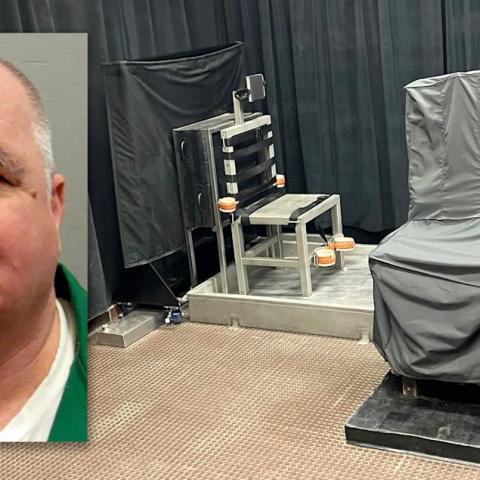Deep below the azure waters of the Gulf of Aqaba, there lies a striking phenomenon: brine pools. These unique underwater lakes contain water so salty that they behave more like syrup than regular seawater.
Brine pools form when salt from the seabed dissolves and collects in depressions. The heavy brine creates its own currents and separates itself from the surrounding ocean, resulting in oxygen-free environments that are harsh for most marine life. However, these extreme conditions foster unique microbes capable of surviving where typical organisms cannot.
Recently, researchers from OceanX stumbled upon several of these brine pools just over a mile from the Saudi Arabian coast. This discovery is significant because it challenges previous understandings. Most known brine pools are much farther offshore, so finding them so close to land opens new avenues for research on the historical and geological processes of the region.
Surprises Beneath the Surface
The proximity of these pools to land suggests that they can capture materials washed in by events like flash floods or earthquakes. This makes them natural archives of local history, holding clues about ancient events and their impact on current ecosystems.
During an exploration dive, researchers were fortunate to collect samples before their equipment ran low on power. Samples taken from the sediment layers show a rich history spanning over 1,200 years, revealing sediment from underwater landslides and material dislodged by past tsunamis.
Life in a Harsh Environment
Despite their extreme conditions, life thrives at the edges of these pools. Researchers observed various marine creatures, such as shrimp and eels, adeptly navigating the sharp transition zones between brine and seawater. Deep-sea fish were also spotted patrolling these unique boundaries. These observations highlight the adaptability of life in extreme environments.
Microbiologists are particularly interested in the unique microbes found in these brine pools. Similar environments have previously yielded compounds with potential cancer-fighting properties. This points to a treasure trove of possibilities for future medical advancements.
Looking Beyond Our Planet
Interestingly, the findings at Aqaba could also inform the search for life beyond Earth. Researchers note that the conditions in these pools—high salinity, extreme pressure, and no oxygen—mirror those found on icy moons like Europa and Enceladus. This makes them a valuable analog when considering where life might exist elsewhere in our solar system.
Practical Implications
Understanding the histories locked in brine pool sediments has implications beyond scientific curiosity. In regions prone to seismic activity, like coastal areas of Egypt and Saudi Arabia, these historical records can help inform building practices and disaster preparedness. The information gleaned from these pools can guide engineers in placing infrastructure within the NEOM development zone, reducing the risks posed by future geological events.
In summary, the brine pools of the Gulf of Aqaba offer a glimpse into our planet’s history and the resilience of life. They serve as a reminder of the intricate connections between geological forces and marine ecosystems and may even provide clues about life in the cosmos.
For a closer look at this fascinating research, you can check out the full study in Communications Earth & Environment here.





















